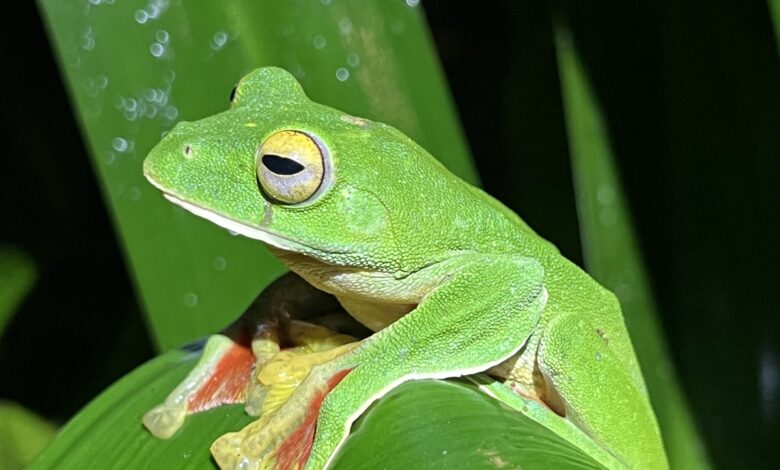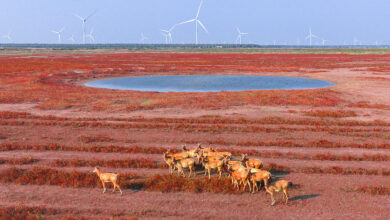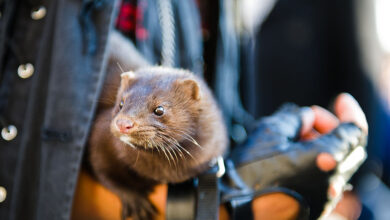
Malabar gliding frog (Rhacophorus malabaricus) hides between foliage in the Western Ghats mountains in southern India. This family of tree frogs has had more species go extinct than any other amphibian family. Photo Credit: John Wiens
Environment The WorldLess and Less Species Are Facing Extinction
A long-term study from the University of Arizona has revealed that extinction rates among plants and animals have declined over the past century, challenging the assumption that the planet is currently experiencing an accelerating mass extinction.
“We show that extinction rates are not getting faster towards the present, but instead peaked many decades ago,” said Professor John Wiens, co-author of the study. “One reason is that many people are working hard to keep species from going extinct — and it’s working.”
Analysing nearly 2 million species, researchers found that most historical extinctions occurred on islands due to invasive species, while today’s main threat is habitat loss on continents. Extinction rates for arthropods, plants, and land vertebrates have notably fallen since the early 1900s, highlighting the positive impact of global conservation efforts and offering a more hopeful outlook for biodiversity protection.



